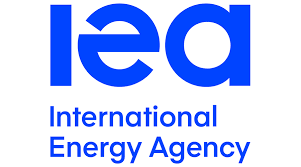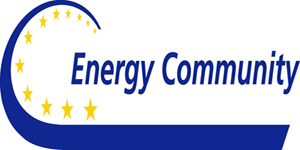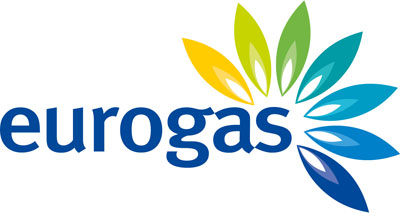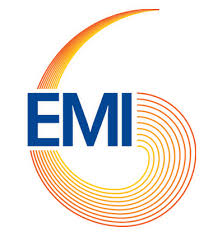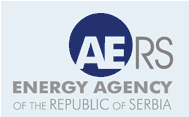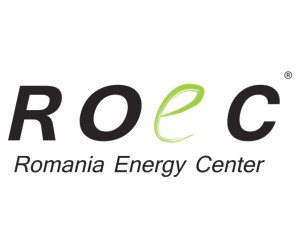Programmes
Introduction
The Institute' research and study activities evolve around a number of well-defined programmes. Between them these programmes cover a broad range of activities in which the Institute is currently engaged in. These IENE Programmes are subject related rather than geographically driven although they encompass monitoring and analysis which normally involve all different countries of the SE European.
A prerequisite for IENE to adopt and develop a particular programme is the securing beforehand of the necessary funding and the availability of individual members of its Scientific Staff and its Research Associates who are capable and willing to undertake and pursue the work and actions foreseen. Programme funding normally comes from paid consulting and advisory services work and from the Institute's annual budget. Another source of funding involves participation in EU research and information dissemination type Programmes.
Currently the Institute has a number of main Programmes actually running and producing useful results and insights and fewer secondary background type of Programmes which are at an evaluation stage. The results of these Programmes are normally reported through the regular newsletters of the Institute (for a complete listing see Advisory and Information Series in the About Us heading of this web site) but also through the publication of Working Papers, Research Notes and articles published in conference proceedings and learned journals. The activities undertaken under each programme are stated in summary form as follows:
Main Programmes
1. Electricity and Gas Market Dynamics in SE Europe
IENE is closely monitoring the performance and further development of electricity and gas markets in SE Europe. This monitoring is reported through the publication of its regular newsletters and specialized studies. For instance, the Institute informs its members about latest developments on electricity markets via its regular newsletters on “SEE Electricity Market Analysis” and “Market Fundamentals and Prices”.
In addition, IENE is carrying out focused studies, such as the one on “The Integrated Electricity Markets in Greece and SE Europe, the Role of the International Electricity Interconnections and the Impact on Industry” (IENE Study M54). Also, concerning gas markets, the Study on “Prospects for the Establishment of Gas Trading Hubs in SE Europe” (IENE Study M49) is another example.
The scope of this programme is to continue the monitoring and analysis of regional electricity and gas markets and their trends in the context of their integration, through the implementation of Target Model and market coupling in several SEE countries and the development of energy infrastructure interconnectivity. Assessment of natural disasters’ risks, operational problems and cybersecurity issues form an integral part of this programme.
2. Renewables, Storage and Transformation of the Electricity Systems in SE Europe
The aim of this programme is to examine the further use of renewable energy sources across the region and establish the limits for their penetration in the energy system of the various countries in SEE. In parallel, the increasingly important role that RES play in the formulation of the various countries’ energy policies is also assessed and examined in relationship to EU’s set targets for 2030 and 2050. The increased penetration of RES (i.e. solar, wind, geothermal, hydro and biomass) in the regional energy mix, the required storage facilities and the impact in terms of economic growth and employment opportunities (as well as latest developments concerning the prospects for hydrogen supply in SE Europe) are areas of immediate interest to IENE. The programme also covers all relevant investment issues linked to the further development of RES and the introduction of storage and innovative technologies (hydrogen).
Over the last five years, the RES market has emerged as one of the most vibrant and fastest moving industries within the broader SE European energy sector. However, the huge RES potential in SE Europe still remains largely unexploited by several countries in all different geographical areas of the region. Because of SE Europe’s peculiar circumstances, mainly due to the high divergence of the economies in the region, there are great difficulties in advocating, let alone pursuing, common RES strategies.
Whatever the case may be in terms of adopted strategies, the further development of the RES sector in SE Europe is a one-way street and should be seen in line with the European and global strategies for energy and environment. A number of significant developments in terms of policy and infrastructure – and directly relevant to RES – are currently taking place in Europe, which, when completed by the end of this decade, will inevitably affect SE Europe and will have helped reshape the energy landscape of the region.
3. Hydrogen, the new energy carrier and synthetic fuels
Lately, hydrogen is becoming an area of great interest for IENE. Hydrogen and electricity are both carbon free energy carriers that can be produced from fossil energy resources as well as from renewable energy sources. Technically and efficiently producing hydrogen from renewable energy sources is a key enabler for the development of a unique energy resource base that provides low or zero emission energy to all energy consuming sectors. Currently, the technology of choice for producing renewable ‘green’ hydrogen is water electrolysis using renewable electricity. This is an area of continuous engagement for IENE, which is pursuing its study and possible applications in the SEE region in close cooperation with industry and academic research centers.
4. Energy Efficiency, EV, heating and Energy Poverty in SE Europe
Improving Energy Efficiency in SE Europe is gaining traction and has risen at the top of the action scale of the urgent measures that need to be taken in order to lower greenhouse gas emissions. Most relevant with the scope of Energy Efficiency is its introduction and wide scale use in order to alleviate energy poverty, which affects a large segment of energy consumers across SE Europe and has lately become an acute social issue. A central part of the programme is the collection and processing of data on energy poverty for all countries in SE Europe, as it helps understand and identify the problems involved.
In addition to these monitoring activities, IENE is moving a step further with the undertaking of a Field Programme as part of its overall effort to address energy poverty in the SEE region. The preparation and implementation of a series of pilot projects – focusing on Greece, Albania, Romania, Bulgaria and Serbia – will constitute part of a multi layered Field Programme, currently under development. The aim will be to make use of established technologies and low-cost techniques for both renewable energy applications and energy efficiency improvement of buildings and other human settlements at domestic and community level (e.g. schools, medical centers, sport centers).
The implementation of such works will be possible through the financing by member companies of IENE and by donor organizations as well as through contributions of materials, systems and know-how by individual companies. After completion of the above pilot projects, the results will be widely disseminated so that there will be an interest for their replication by local communities and citizen groups.
5. Energy & Employment
The Institute has for a number of years been involved in studies concerning the relationship between energy and employment (e.g. see here). In almost all countries in the region, energy industries are major employers and provide thousands of jobs, while the transformation of the sector, in line with EU’s decarbonization policies, affects job creation prospects in many ways.
Hence, IENE has developed an ongoing programme to study the role of energy and its various branches in employment and job creation. Of particular interest is the impact, which new energy activities, such as Renewables, Hydrogen, Electric Vehicles, are likely to have on job creation prospects, training requirements and employment conditions. At the same time, latest developments concerning decarbonization and the switch to clean fuels is under investigation in order to assess the impact in terms of employment.
IENE’s standing programme on “Energy & Employment in SE Europe” is mainly focused on the production, transmission, storage and management of energy and their impact on environment. The current programme moves along the following axes:
(a) Estimation of the employed workforce in the various branches of the energy sector and continuous monitoring of the job market,
(b) Identification of existing employment trends in the various branches of the energy sector in different countries,
(c) Identification and analysis of the emerging trends in employment in the various energy sub-sectors, and the energy sector as a whole.
The programme also aims to evaluate the qualitative characteristics of the various types of jobs in the different countries’ energy sector (i.e. education level, work experience, field of activity).
6. Energy Policies in SE Europe
Energy policy forms the main instrument in the hands of governments in order to influence the way that energy is generated, supplied and used. Hence, the continuous monitoring and assessment of the energy policies of the different countries in SE Europe is of prime concern to IENE. Changes in “energy policies” and compliance to EU and other targets are closely monitored, analysed and reported through the various publications of the Institute. The great divergence of the energy policies pursued by the different countries in the region presents a real challenge in terms of reporting and assessment. Consequently, IENE’s role, as an independent organization and committed energy stakeholder is crucial in identifying areas in difficulty where urgent or longer-term action is required.
If we were to examine regional energy policies over the last 10 years and prioritize them according to stated plans by national governments, we shall realize that we end up with an inverted pyramid arrangement, compared to stated and pursued official Energy Union policies. In this respect, IENE’s engagement in studying and analysing the energy policies of the various SEE countries is useful and constructive as part of the broader effort to attain specific targets. In that context, the aim of this programme is to cover latest developments regarding energy policies in SE Europe as well as identify important changes in EU legal and regulatory framework that are expected to have a positive or negative impact in the region.
7. Funding Instruments and tools for Energy Transition, Green Bonds
As of January 2021, IENE was confirmed by the Climate Bonds Standard Board as an Approved Verifier under the Climate Bonds Standard. Hence, IENE is expanding its services to industry by providing third-party verification, assessing the credentials of issued green debt under the Climate Bonds Standard and undertaking advisory work in this area.
IENE’s verification role in the issuance of Green Bonds has been added to the wide range of services which it already offers through its research staff and its network of energy professionals in Greece and SE Europe. Now, through a selected team of expert advisory and assurance professionals, IENE is in a position to provide a new range of services, in connection with Green Bonds, especially providing Verification services to Issuers interested in receiving Certification under the rigorous Climate Bonds Standard.
Undoubtedly, Green Bonds can be characterized as key “green” funding instruments for the successful implementation of the Energy Transition process, which is already underway.
IENE has included Green Bonds as one of its main programmes as it wants to study all aspects related to their issuance and their impact on project financing. IENE believes that Green Bonds could play a catalytic role in furthering RES, Green Hydrogen and Energy Efficiency applications in all countries of SE Europe over the next years.
Background Programmes
1. Energy Technologies for Energy Transition in SE Europe (ENETET)
Energy technologies are an integral part of all energy markets and a prerequisite for efficient primary energy utilization, whether these are conventional or alternative (i.e. renewables, nuclear, energy efficiency). In this respect, familiarization with various energy technologies and the monitoring of their advancement (i.e. improvement and upgrading) is absolutely necessary in ΙΕΝΕ’s effort to undertake and assess how energy is produced, supplied and used in our region and more broadly and the perspectives.
Energy technologies are playing an increasingly important role in addressing the huge challenges posed by Energy Transition. The choice of the right technology in satisfying energy needs at local and national level is often important in moving in the right direction towards lowering GHG emissions. However, identifying and introducing the most appropriate technology is not always easy in view of persistent non-technical obstacles, which is often the case in most SE European countries.
In addition, one has to look at innovation as being yet another important driver in stimulating interest in introducing alternative low carbon oriented technologies. There is no doubt that the energy sector will only reach net-zero emissions if there is a significant and concerted global push to accelerate innovation. It is also clear that there is a disconnect between the climate goals that governments and companies have set for themselves and the efforts underway to develop better and cheaper technologies like solar PV, wind turbines, CCUS and lithium-ion batteries.
As the IEA notes in its latest “Energy Technology Perspectives 2020”, “The technological advances that will be needed demand a step change in both the speed at which innovation occurs and the scale at which new technologies are deployed. And this progress must be achieved in a way that makes our energy systems more secure and resilient.”
“The energy innovation challenge facing the world”, says the IEA, “extends to sectors that have not significantly changed for many decades and that do not yet have commercially available low-carbon options. It also requires a rapid evolution of the technology mix, particularly in some emerging economies that are just starting out on their decarbonization journeys. The under-appreciation of these urgent challenges in today’s energy debate is a real concern.”
An important task of IENE’s “Energy Technology for Energy Transition” programme is the monitoring and assessment of relevant and readily available technologies, which can be easily applied in the countries of the region. The Institute’s “Energy Technologies” programme’s ultimate goal is to build a comprehensive database of appropriate and clean energy technologies, which can be applied most effectively in the SEE region. The database will be updated on a continuous basis and will include details of the chosen technologies, such as technical specifications, performance data and supplier information. The database will become available to energy professionals, companies, institutions and organizations engaged professionally in project development work and relevant studies.
2. Built Environment Energy Research Group (BEER-Group)
This is an informal group, which has been formed within IENE, to look into aspects of energy demand, supply and use related to buildings and the built environment in general. Group participants include seasoned energy professionals with long track-record in energy audits in buildings and industry. Their prime interest is to develop methodologies and ease applications of energy efficient mechanisms within and outside the building envelope.
The development of a glossary on energy sensitive building envelopes is an ongoing research project, which is attracting considerable interest from building material manufacturers and construction companies. The BEER group is also concerned with practical design and construction aspects of solar passive and energy efficient buildings.
3. Nuclear Power Option for SE Europe (NUPOSEE)
Nuclear energy is already used for power generation by five countries in the region. Between them, Bulgaria, Romania, Hungary, Croatia/Slovenia, have some 6.0 GW of nuclear installed capacity, which is going to double by 2030 on the strength of current programmes. Nuclear plants provide predictable and useful electricity base load, which enables the power transmission operators to plan efficiently power generation requirements.
In addition, the zero emissions from operating NPPs come as a useful caveat to contribute to the region’s efforts to curtail GHG emissions. Hence, the study of the role of nuclear power generation on a regional basis is of great interest to IENE.
Following the tragic accident at Fukushima’s nuclear power plant (NPP) in March 2011 and operational security reviews, which have since been conducted by the countries which host NPPs (in Bulgaria, Romania, Hungary, Croatia/Slovenia), the use of nuclear power in the region is unlikely to diminish over the next decade, at least in quantitative terms. Neither Bulgaria nor Romania or Hungary are likely to shut down the Cernavoda, the Kozloduy 5-6 power and the Paks 1, 2, 3, 4 plants respectively, due to renewed skepticism caused by the Fukushima accident.
The same applies for Croatia and Slovenia, which between them share the Krško nuclear power plant. Both governments are very well aware of the fact that a decrease in the participation of nuclear power in their electricity generated portfolio cannot be easily replaced by renewables or be compensated by an increase of coal generated electricity due to the equally burdensome environmental costs. If they are to reduce the participation of nuclear power in their total electricity mix, both states have as an alternative the increase of imported gas, magnifying their already high dependence on gas.
Theoretically, in qualitative terms, the participation of nuclear generation in the regional electricity mix is set to diminish significantly as the incremental demand of Bulgaria and Romania will be covered by increasing volumes of natural gas and, to a lesser extent, by renewables. However, this might change as both Romania and Turkey are definitely going ahead with plans to increase their nuclear installed capacity, which will result in two major nuclear power generation complexes with 6 GW of new installed capacity in operation by 2030.
In the cases of Bulgaria (Units 5 and 6 as well as the planned new Unit 7 of Kozloduy NPP) and Turkey (the site of Akkuyu), Russia might have a role to play. However, it should be recalled that strategic investments have two substantial characteristics in the energy sector. They need many years to be implemented but they last for decades. And this should not be jeopardized by short-term political considerations when regional, economic and safety considerations are in place.
In this sense, Fukushima anti-nuclear power generation rationale does not appear to
hold in the case of SE Europe. For countries already involved in nuclear power development (Bulgaria, Romania, Hungary, Croatia/Slovenia, Turkey), the road ahead is most unlikely to be obstructed by revised risk assessments.
Developing further nuclear power generation in the region will be a real challenge as not all countries are favouring this option. In this respect, detailed studies need to be undertaken to identify the real pitfalls that such prospects may have and also assess the apparent compatibility between RES and nuclear power in the context of decarbonization policies. IENE places particular emphasis on the role and prospects of nuclear energy in combating GHG emissions and its tandem operation with RES.
This IENE programme focuses on latest developments regarding nuclear energy in SE Europe and the prospects for new nuclear power capacity and NPPs. The role of nuclear power generation in balancing the region’s electricity and energy mix is of particular interest. IENE’s programme also covers legal, regulatory and policy issues in terms of higher nuclear use, especially since SE Europe is now moving towards decarbonization and nuclear energy can play an important role as a carbon-free fuel.
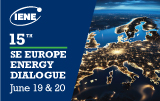
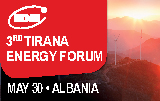
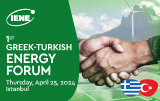
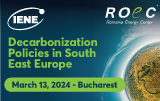
ADVISORY SERVICES

PUBLICATIONS
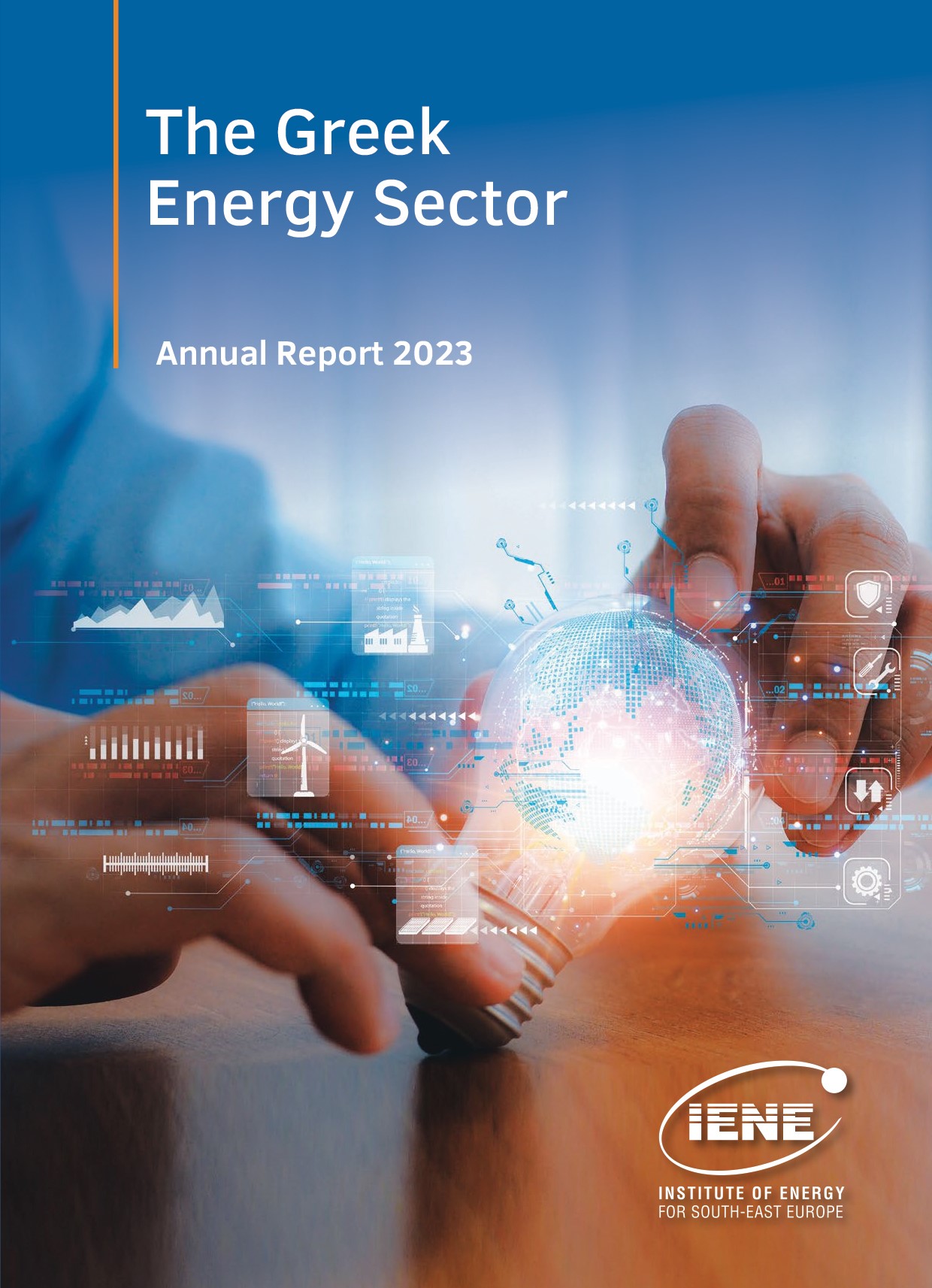
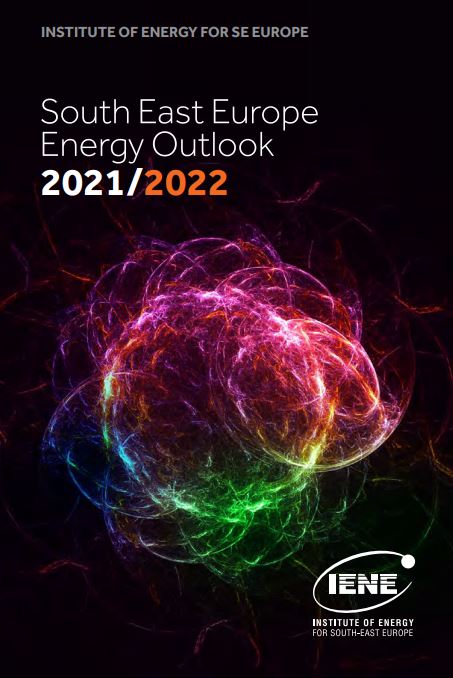
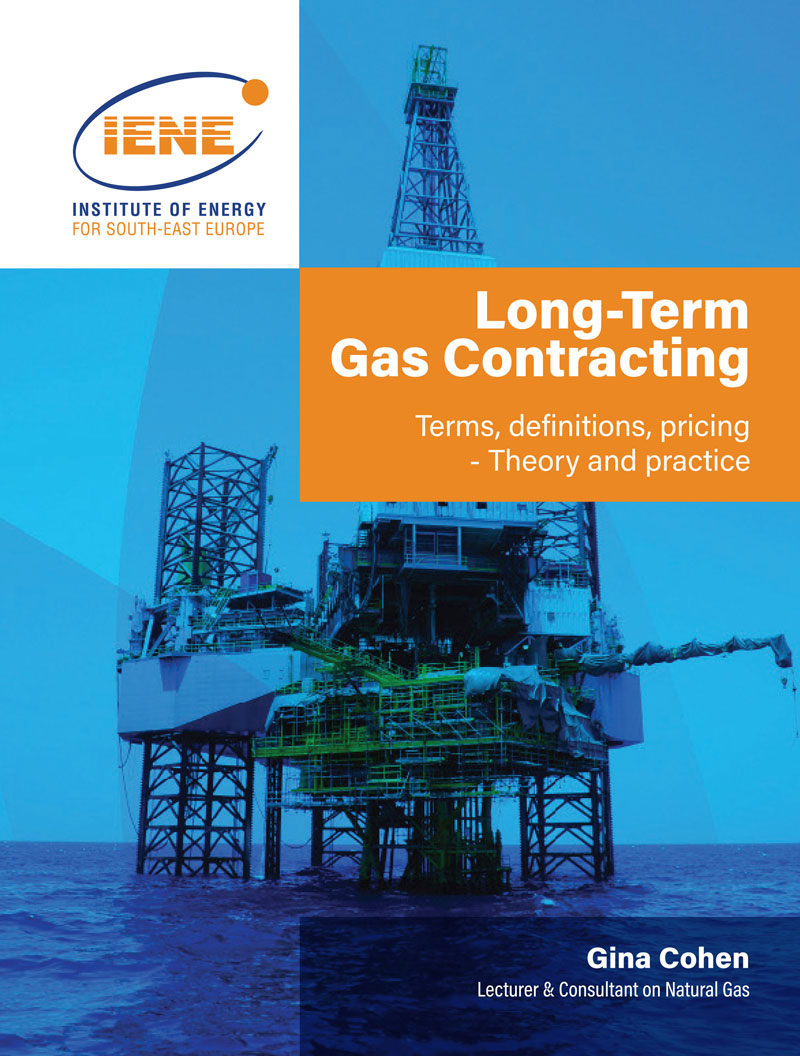 More
More
COOPERATING ORGANISATIONS
